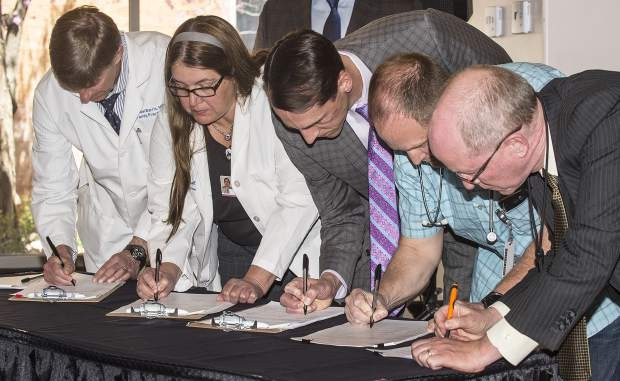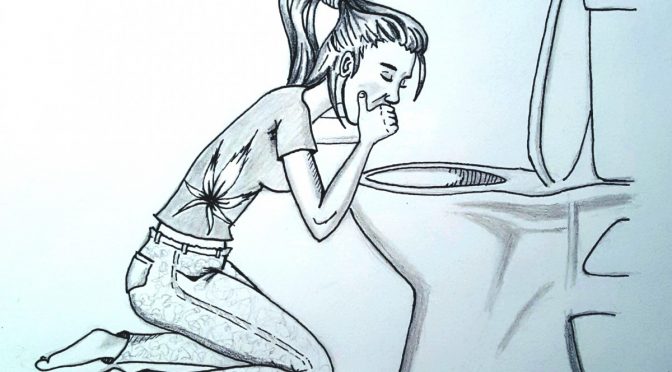Two Studies Show Cannabis-Gateway Effect
by Pamela McColl, SAM Canada
The 25-year Christchurch Longitudinal Study demonstrated that in 86% of cases of those who had taken two or more illegal drugs, marijuana had been the drug the study subjects had taken first. The correlation is in the mathematics and can’t be denied.
The researchers concluded that the use of marijuana in late adolescence and early adulthood had emerged as the strongest risk factor for later involvement in other illicit drug use.
New research has been released that adds to these findings. Researchers at the University of Bristol in the UK has found regular and occasional cannabis use as a teen is associated with a greater risk of other illicit drug taking in early adulthood.
The study by Bristol’s Population Health Science Institute, published online in the Journal of Epidemiology and Community Health in 2017, caught the attention of most major newspapers in the UK. It was reviewed in the British Medical Journal and Science Daily in June of 2017. But, once again, the news was under-reported in the North American media.
Cannabis Use Predicts Many Forms of Problematic Substance Use in Adulthood
Using data from the Avon Longitudinal Study of Parents and Children (ALSPAC), the researchers looked at levels of cannabis use during adolescence to determine whether these might predict other problematic substance misuse in early childhood – by the age of 21.
In addition to the findings on pot and illicit drug use, the study found that early cannabis use was associated with harmful drinking and smoking.
The lead author of the study, Dr. Michelle Taylor from the School of Social and Community Medicine told the UK media: “I think the most important findings from this study are that one in five adolescents follow a pattern of occasional or regular cannabis use and that those individuals are more likely to be tobacco-dependent, have harmful levels of alcohol consumption or use other, illicit drugs in early adulthood.”
Spearman’s Rank Correlation Coefficient:
Now for all those that are still question the Gateway Theory or are willing to dismiss the evidence from these studies here is the Statistical Mathematical Evidence of Correlation:
A survey that was conducted in Canada and 9 other countries was used to determine the percentage of teenagers who had used marijuana and other drugs.
Using Spearman’s Rank Correlation Coefficient to test the correlation between the two variables as extracted from the population as pairs of sets of data, it was mathematically demonstrated that there is a positive correlation between the two variables.
The claim that there is a positive correlation between smoking marijuana and doing other drugs is made with at least a 95% level of confidence by mathematical calculation.
If after this evidence you still cling to the position that the Gateway Theory is old-school and can be cast aside, you are being asked for your evidence, your proof and your calculations.
Follow Pamela McColl in Facebook at The Marijuana Victims Association
“Legalization would result only in more cannabis users and thus a higher secondary demand for and entanglement within the remaining illegal drug market,” wrote David Sergeant of The Bow Group, London, England.





